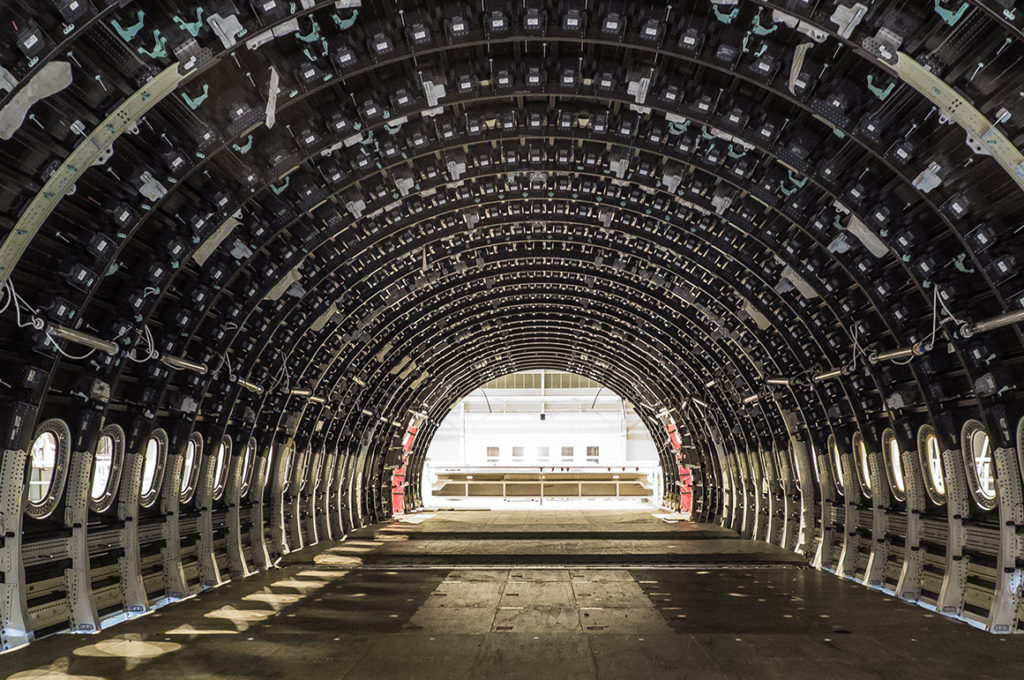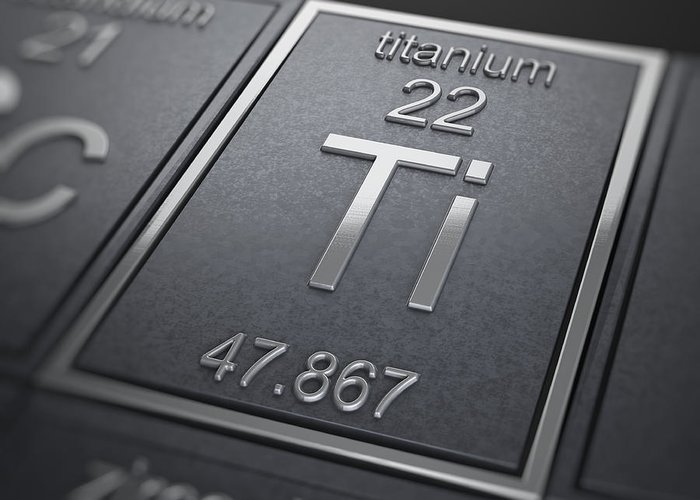Titanium 6-6-2
6Al-6V-2Sn

Material Data Sheet
6AL-6V-2SN (Ti 6-6-2) is a highly beta stabilized, two-phase alloyed Grade of alpha-beta Titanium.
Ti 6-6-2 is similar to 6AL-4V in many ways but exhibits higher strength properties due to the addition of Vanadium, Iron, and Copper. It is often found in the Annealed condition or heat-treated to the higher strength Solution Treated & Aged condition. Although this alloy has higher strength than Ti-6Al-4V alloy, it is at the sacrifice of weldability and ductility. In most cases, welding is not recommended with Ti 6-6-2 but it is readily machinable utilizing low cutting speeds, heavy feed rates, sharp tools, and ample cutting fluid. Ti 6-6-2 can be either hot or cold formed and responds similarly to 300 series stainless steels. Popular forming methods include hydroforming, stretch or drop hammer.
| Element | Content % |
|---|---|
| Titanium, Ti | 82.895 – 87.8 |
| Aluminum, Al | 6.0 |
| Vanadium, V | 6.0 |
| Tin, Sn | 2.0 |
| Carbon, C | ≤0.050 |
| Copper, Cu | 0.35 – 1.0 |
| Hydrogen, H | ≤0.015 |
| Iron, Fe | 0.35-1.0 |
| Nitrogen, N | ≤0.040 |
| Oxygen, O | ≤0.20 |
| Properties | Metric | Imperial |
|---|---|---|
| Density | 4.54 g/cc | 0.164 lbs/in3 |
| Melting Point | 1627-1649°C | 2961-3000°F |
| Specific Heat Capacity | 0.670 J/g-°C | 0.160 BTU/lb-°F |
| Modulus of Elasticity | 110.3 GPa | 16000 ksi |
| Thermal Conductivity | 6.60 W/m-K | 45.8 BTU-in/hr-ft²-°F |
| Properties | Metric | Imperial |
|---|---|---|
| Hardness, Brinell | 351 | 351 |
| Hardness, Knoop | 382 | 382 |
| Hardness, Rockwell C | 38 | 38 |
| Hardness, Vickers | 367 | 367 |
| Tensile Strength, Ultimate | 1050 MPa | 152000 psi |
| Elongation at Break | 14% | 14% |
| Poissons Ratio | 0.32 | 0.32 |

- Airframes
- Jet engines
- Rocket engine cases
- Nuclear reactor components
- Ordnance components
- AMS 4918
- AMS 4936
- AMS 4971
- AMS 4978
- AMS 4979
- AMS 6935
- AMS 6936
- DMS 1870
- DMS 1887
- MIL F-83142
- MIL T-81556
- MIL-T-9046
- MIL-T-9047
- UNS R56620

Key Words: Ti-662; Ti-6-6-2; UNS R56620, Titanium 6-6-2, Titanium 6al-6-v-2sn
Titanium 6Al-4V alloy is an alpha+beta alloy, containing 6% aluminum and 4% vanadium. It is designed for a good balance of characteristics, including strength, ductility, fracture toughness, high-temperature service, creep resistance, weldability, workability and thermal processing (higher strength is easily obtained through treatment).
Titanium 6Al-4V is, therefore, used for many airframe and engine parts and is commonly referred to as the “workhorse” of Titanium alloys, accounting for as much as 50% of the world’s total Titanium usage. There are a great many applications for Titanium 6Al-4V in aircraft, where high reliability is required. General structural materials such as bolts and seat rails are made from Ti 6Al-4V. In engines, the alloy is used for fan blades and cases in the intake section where temperatures are relatively low.
Its usability lies in its many benefits. Ti 6Al-4V may be heat-treated to increase its strength. It can be used in welded construction at service temperatures of up to 600° F. Titanium 6Al-4V alloy offers its high strength at a lightweight, useful affordability, and high corrosion resistance. This makes it an ideal choice for use across may platforms including aerospace, medical, marine and chemical processing industries.
Key Words: Titanium 6-4, Ti 6-4, Titanium 6Al-4V, ti 6aL-4v, GRADE 5,UNS R56400; ASTM Grade 5 titanium; UNS R56401 (ELI); Ti6Al4V, biomaterials, biomedical implants, biocompatibility

